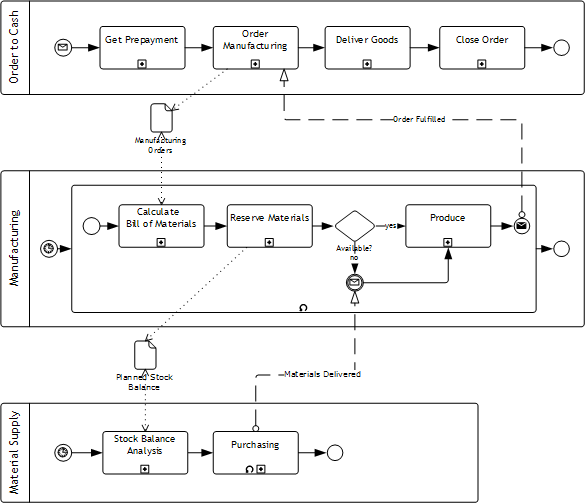I critisized reengineering - in its radical form - many times both in public speeches and in private talks.
There was a temporary retreat from the concept of constant performance improvement during the reenineering epoch of 90’s. The technocratical, american, “cowboy” approach has won. Yet the idea of being able to draw the ideal business-process from scratch turned out to be too idealistic. First, cross-functional (enterprise-wide) business process are too complicated to be designed in one iteration. Secondly, there is no such thing as optimal “to be” - only a run to ever-escaping horizon.
Methodology, technology and organizational principles of BPM are based on these realities.
But… there is a nuance.
We conduct BPM projects for several years now and have a clean understanding of three conditions that should be met from a prospect’s side for the project to be successfull:
- There must be a “pain”. Business must have a problem critically affecting it’s competitiveness and company’s prospects in general. And the problem should be identified - just an attempt “to do something” is no good.
- There must be a will to solve the problem. Companies with degraded motivation - e.g. those where owners abandoned business completely, fully trusting to hired managers without a stock share - have problems at this point.
- There must be resources: financial and intellectual. Minimal financial requirement is two full-time specialists, minimum one of them being internal employee. Intellectual resources means top managers being business process owners which implies in particular their readiness to spend one or two hours weekly to participate in process (re)design sessions.
Now, the first condition automatically means that the first step of your BPM project must be no constant improvement game but a radical redesign of the business process.
Why? Because “isn’t broken - don’t fix” principle is still in place. With very rare exceptions, no businessman would launch BPM initiative (as well as any other serious innovation) just because the life became too easy. There must be a performance gap for the project to be financially meaningfull. In simple words, one of valuable processes must be broken.
This way, we are back in reengineering, albeit on a new turn of evolution spiral. And by the way, “as-is” and “to-be” are also back in play - now we need them to quantify and measure process performance at project begin and end to tell the project sponsor exactly what he got for his money.
The bottomline: the BPM car in motion is constant improvement yet the starter of this car is one-shot, radical enough, reengineering-style process improvement.
Too bad I catched this only now when Michael Hammer has gone…
I can’t avoid paying my deep respect on this occasion to another titan that left us last year - Geary Rummler. He said in his interview (possibly the last one):
“I think there is only one critical condition for success that must exist – and that is the existence of a critical business issue (CBI) in the client organization. If there is no CBI (hard to believe) or management is in deep denial as to the existence of one, then serious, transforming BPM is not going to happen. Period. There may be misleading “demonstrations” and “concept tests,” but nothing of substance will happen. How can it? Serious BPM costs money, takes time, and can upset a lot of apple carts, and you can’t do that without an equally serious business case. I guess you could argue that a second condition – or factor – is that the internal BPM practitioner is about 70% a smart business person and 30% a BPM expert. Because the key to their success is going to be finding the critical business issue, understanding how BPM can address it, and then convincing top management to make the investment. I guess those are the two conditions: an opportunity and somebody capable of exploiting that opportunity.”
Thank you Geary, hopefully we’ve got the right course.

